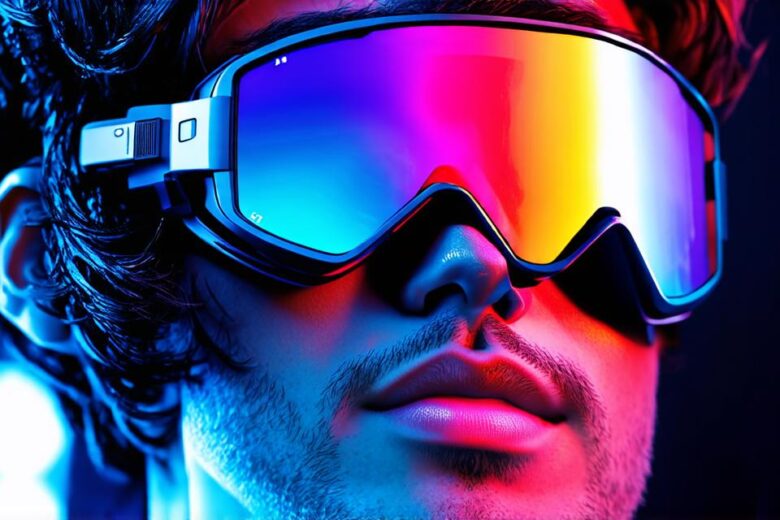Augmented reality (AR) is a rapidly growing technology that allows users to overlay digital information on top of the real world. AR experiences can be used in a variety of industries, from education and entertainment to marketing and healthcare.
Understanding Augmented Reality
Before diving into the development process, it’s important to understand what augmented reality is and how it works. AR is a technology that superimposes digital information on top of the real world, creating an interactive experience for users.
AR experiences can be accessed through a smartphone or tablet app, and require a camera to capture the real world environment.
AR development platforms typically use a combination of computer vision algorithms and machine learning techniques to track the real-world environment and overlay digital information on top of it. There are several AR development platforms available, including Unity, Unreal Engine, and Vuforia.
Designing the AR Experience

Once you have selected an AR development platform, the next step is to design your AR experience. This involves determining what type of information you want to overlay on top of the real world, and how it will interact with the user.
-
Interactivity: AR experiences should be interactive, allowing users to engage with the digital information in a meaningful way. This can involve gestures, voice commands, or physical interactions with the real world environment.
-
User Experience (UX): The UX of your AR experience is just as important as its functionality. Consider how users will navigate through the experience, and what visual cues will guide them.
-
Realism: While AR experiences don’t need to be perfectly realistic, they should feel natural and intuitive to use. This means considering things like lighting, texture, and animation when designing your digital overlays.
-
Accessibility: AR experiences should be accessible to as many people as possible, including those with disabilities. Consider using alternative input methods and providing clear visual cues for users with visual impairments.
Developing the AR Experience
Once you have designed your AR experience, it’s time to start development. This involves integrating your design elements into an AR development platform, and writing code to bring your digital overlays to life.
-
Choose a Development Platform: As mentioned earlier, there are several AR development platforms available. Choose one that best suits your needs and experience level.
-
Integrate Design Elements: Using your chosen development platform, integrate your design elements into the AR experience. This involves creating 3D models, animations, and other visual effects that will overlay on top of the real world.
-
Write Code: Using a programming language like C or Java, write code to bring your digital overlays to life. This involves implementing interactions, animations, and other features that will make your AR experience engaging and interactive.
-
Test and Refine: Once you have developed your AR experience, test it thoroughly to ensure that it works as intended. Make any necessary refinements based on user feedback and testing results.
Publishing the AR Experience
Once you have completed development, it’s time to publish your AR experience. This involves submitting your app to the appropriate app store or marketplace, and making it available for users to download and use.
-
Compatibility: Ensure that your AR experience is compatible with a wide range of devices and operating systems.
